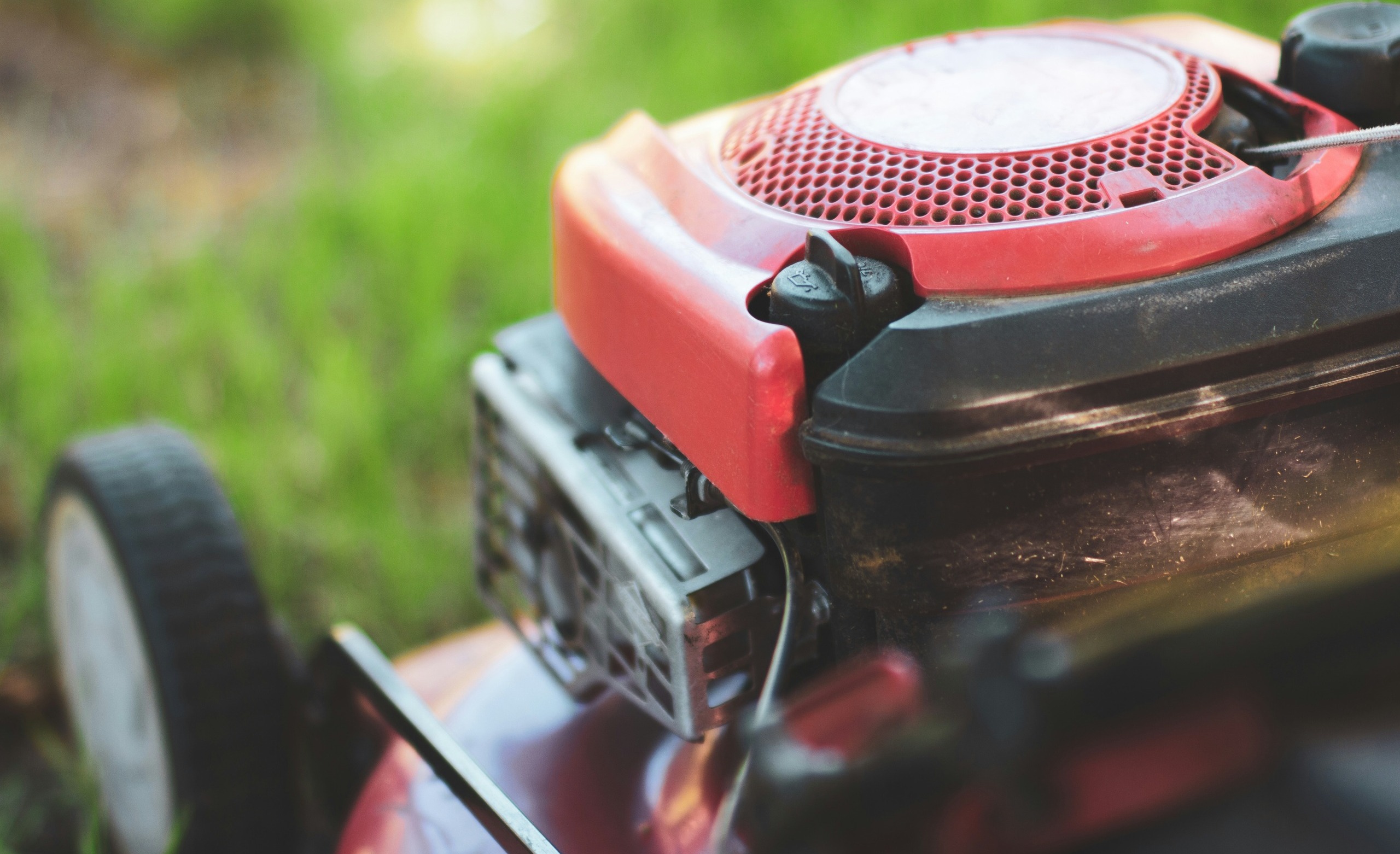
Repurposed Lawn Mower Engine
A repurposed lawn mower engine can be used in various ways. Have you ever thought about giving new life to an old lawn mower engine? Instead of tossing it aside, consider the possibilities that lie within. Repurposing a lawn mower engine can be both practical and creative, transforming what was once merely a tool into something extraordinary.
Whether you’re looking for a fun DIY project or ways to save money on machinery, this venture opens up a world of ideas waiting to be explored. Imagine the thrill of converting that rusty piece of equipment in your shed into something functional and unique—perhaps a generator for outdoor events or even custom rides for the kids.
The journey from discarded engine to innovative creation is not just rewarding; it’s also environmentally friendly. Let’s dive deeper into why repurposing lawn mower engines is worth considering and discover how you can embark on this exciting path!
Benefits of Repurposing Lawn Mower Engines
Repurposing lawn mower engines offers a range of advantages that extend beyond mere creativity. First, it reduces waste. Instead of sending an old engine to the landfill, you can give it new life in various projects. Cost savings are another benefit. Purchasing a new engine can be expensive. By repurposing what you already have, you save money while still achieving your project goals.
This practice also sparks innovation. It encourages DIY enthusiasts to think outside the box and come up with unique applications for these engines. Whether it’s creating portable generators or custom garden tools, the possibilities are exciting.
Additionally, working with lawn mower engines can enhance your mechanical skills. The hands-on experience gained through disassembly and reassembly fosters learning and confidence in handling machinery effectively.
There’s something fulfilling about turning what was once considered waste into something functional and useful again.
Creative Ideas for Repurposed Lawn Mower Engines
Transforming a lawn mower engine can spark your creativity in unexpected ways. One popular idea is to convert it into a small generator. This setup can power tools or lights during outdoor events. Another intriguing project involves turning the engine into a DIY go-kart.
With some ingenuity, you can build an exhilarating ride for both kids and adults alike. If you’re feeling artistic, consider using parts of the engine to create garden sculptures. They add a unique touch to any landscape while showcasing your craftsmanship.
For those interested in sustainability, repurpose the engine into a water pump for irrigation systems. It’s practical and helps keep your garden thriving without extra energy consumption. Think about crafting an outdoor fire pit with featured elements from the mower’s design. Such projects not only serve functional purposes but also tell a story about upcycling innovation.
Tools and Materials Needed
Before you dive into the exciting journey of repurposing a lawn mower engine, gather your tools and materials. A well-prepared workspace makes all the difference. Start with basic hand tools: screwdrivers, wrenches, and pliers are essential for disassembly.
You’ll also need a socket set to tackle various fasteners easily. Having safety gear is crucial too—gloves and goggles protect against sharp edges or debris during the process. Don’t forget cleaning supplies such as brushes, rags, and degreaser; these will help you inspect parts thoroughly once disassembled.
If you’re considering modifications, keep some extra bolts or brackets handy in case adjustments are needed down the line. Think about what you’ll be creating with that engine. Whether it’s powering a go-kart or converting it into an air compressor, having specific components at your disposal can streamline the entire project.
Step-by-Step Guide to Repurposing a Lawn Mower Engine
Step 1: Disassembling the Lawn Mower Engine
Disassembling the lawn mower engine is a crucial first step in your repurposing journey. Start by ensuring you have a clean workspace and that the engine is cool to touch.
Gather your basic tools: wrenches, screwdrivers, and pliers will be your best friends here. Carefully remove any attachments like the air filter or fuel tank before tackling the main components.
Take note of how everything fits together. It’s helpful to document each part with photos for reference later on. As you loosen bolts and screws, keep them organized so you can easily find them during reassembly.
Don’t rush this process; patience pays off. If something feels stuck, use penetrating oil to help ease it apart without causing damage. Enjoy uncovering the intricacies of your mower’s engine as each piece becomes accessible—this sets the stage for its exciting new life ahead!
Step 2: Cleaning and Inspecting the Parts
Once you’ve disassembled the lawn mower engine, it’s time to focus on cleanliness and inspection. This step is crucial for ensuring that each part works effectively in its new role.
Start by giving all components a thorough cleaning. Use a degreaser to remove any built-up grime or oil residue. A soft brush can help reach those tricky spots where dirt tends to hide.
After cleaning, inspect every piece closely for signs of wear or damage. Look out for cracks, rust, or significant corrosion. Assessing each component now will save you headaches later on.
Don’t forget about the spark plug and air filter; their condition can impact performance significantly. If anything seems questionable, consider replacing it before moving forward with your project.
Taking these steps ensures that your repurposed engine runs smoothly and efficiently in its new application.
Step 3: Choosing a New Use for the Engine
Now comes the fun part—selecting a new purpose for your lawn mower engine. The options are almost limitless, depending on your creativity and needs.
Think about what projects you’ve always wanted to tackle. A go-kart? An electric generator? Perhaps a small boat motor? Each idea has its own set of challenges but can lead to exciting results.
Research is key here. Look at existing DIY projects that inspire you. Take notes on how others have modified their engines for similar uses.
Consider practicality as well. Make sure the new application matches the engine’s horsepower and torque specifications. This will help ensure success in whatever project you choose.
Don’t be afraid to dream big or start small; each repurposed engine tells a story waiting to unfold!
Step 4: Modifying or Adapting the Engine for its New Purpose
Once you’ve decided on a new purpose for your lawn mower engine, it’s time to adapt it. This can be an exciting phase of the repurposing process.
Consider what modifications are necessary. You might need to change the mounting brackets or adjust fuel lines depending on where you’re installing the engine. If it’s going into a go-kart, for instance, ensure that the throttle and brake mechanisms align properly with your controls.
Don’t overlook safety features during this stage. Adding guards or covers may be essential based on its new application.
You may also want to enhance performance by upgrading components like the carburetor or exhaust system suited for higher loads.
Document any changes in detail; this will help when troubleshooting later on. Each modification brings you one step closer to seeing your transformed engine in action!
Step 5: Reassembling and Testing the Repurposed Engine
With all modifications complete, it’s time to reassemble the engine. Start by carefully putting back together each part in reverse order of disassembly. Pay attention to any small components that may have been overlooked initially.
Ensure all bolts and screws are tightened properly. A loose connection can lead to performance issues later on. Once everything is in place, take a moment to double-check your work before moving forward.
Now comes the moment of truth: testing the repurposed engine. Set it up securely in a controlled environment where you can monitor its behavior safely.
Start with a few trial runs at low power settings. Listen for unusual noises or vibrations that could indicate problems needing further adjustments.
Keep an eye on how well it operates under load as you gradually increase power levels during testing sessions. This phase is crucial for ensuring reliability and functionality in its new application.
Tips for Maintaining and Upgrading Your Repurposed Engine
To keep your repurposed lawn mower engine running smoothly, regular maintenance is key. Start by checking the oil level frequently. Clean or replace the air filter to ensure proper airflow. Inspect spark plugs and ignition components regularly. A clean spark plug will enhance overall performance.
Consider upgrading parts when necessary. Installing a high-performance carburetor can make a noticeable difference in efficiency and power. Don’t forget about cooling systems; adding fans or improving ventilation helps prevent overheating during extended use.
Keep an eye on fuel lines for any signs of wear or leaks. Replace them promptly to avoid further issues down the line. Document your upgrades and repairs. This record not only aids future maintenance but also tracks improvements you’ve made over time.
Successful Repurposed Lawn Mower Engine Projects
One impressive project involves transforming a lawn mower engine into a generator. By connecting the engine to an alternator, DIY enthusiasts can create a reliable power source for camping or emergencies. This clever conversion offers both functionality and energy efficiency.
Another creative use is building a go-kart. With some modifications, the powerful yet compact lawn mower engine provides thrilling speeds while being cost-effective compared to traditional go-kart engines. Gardeners have also turned these engines into water pumps.
Utilizing the engine’s mechanical prowess allows them to efficiently irrigate large plots of land without relying on electricity. Art installations featuring repurposed lawn mower engines have emerged in various communities. Artists showcase their ingenuity by integrating these motors into sculptures that capture attention and spark conversation about sustainability and innovation.
Environmental Impact and Sustainability of Repurposing
Repurposing lawn mower engines contribute significantly to environmental sustainability. Instead of ending up in landfills, these engines find new life in innovative projects. By recycling components, we reduce waste and conserve resources.
This practice minimizes the need for manufacturing new parts, which often involves energy-intensive processes that harm the planet. Moreover, repurposed engines can power various DIY projects. From generators to go-karts, they provide an economical alternative while reducing our carbon footprint.
Embracing creativity has a dual benefit: it fosters innovation and promotes ecological responsibility. Each project not only showcases ingenuity but also underscores the importance of resourcefulness in today’s society.
Every repurposed engine tells a story—a testament to sustainable living and mindful consumption practices that resonate with environmentally conscious individuals everywhere.
Conclusion
Repurposing a lawn mower engine opens up a world of creative possibilities. From powering homemade go-karts to building generators, the versatility of these engines can be truly remarkable. They often provide a cost-effective solution for DIY enthusiasts and those looking to reduce waste.
By breathing new life into an old lawn mower engine, you tap into both innovation and sustainability. It’s not just about saving money; it’s about making something unique that reflects your personal style and ingenuity.
With proper maintenance, your repurposed engine can serve you well for years to come. Whether you’re creating art or functional machinery, each project contributes positively to the environment by reducing landfill waste.
The journey of transforming a discarded lawn mower engine into something useful is rewarding on many levels. Embrace the challenge, explore your creativity, and enjoy the fruits of your labor!

